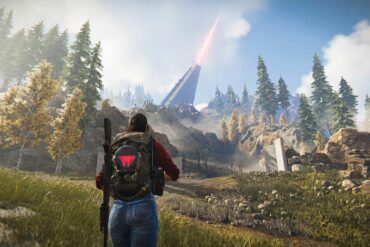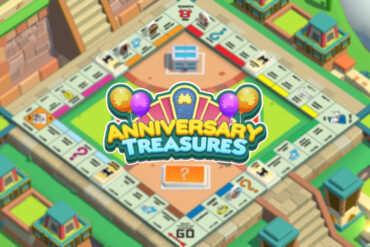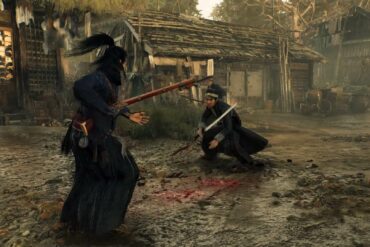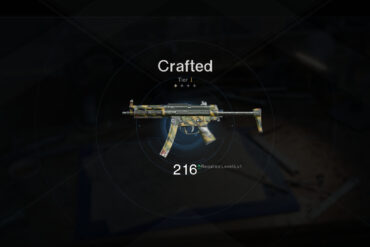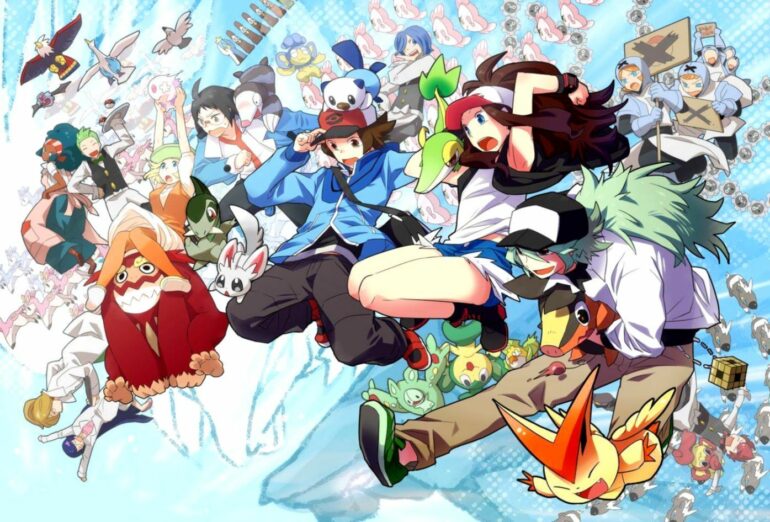It’s hard for me to believe, but Pokemon: Black and White have turned ten this year. Maybe it’s age creeping up on me, but it feels like these games didn’t come out that long ago. In a lot of ways, they still feel brand new. It could also be the fact, I still have ready access to them, thanks to the DS and 3DS having friendlier backwards compatibility than most Nintendo products tend to. But, in any case, the original Unova games are a decade old.
It’s always hard talking about the different versions of Pokemon among the fandom. People joke about Pokemon basically being the same game repeatedly, but there is a grain of truth to that. The series has a core set of tropes which it doesn’t really deviate from. It offers a couple of features that are unique from version to version. Typically, the Pokemon Nostalgia Cycle has the fandom celebrate one particular older version, with the version immediately coming after it being described as “when the series started to go wrong”. I feel like the version that becomes the “sacred cow” of the franchise changes every couple of years. But the fact of the matter is, all the mainline entries to the franchise have things I like and things that I don’t.
The Unova games aren’t any different in this regard. Black and White do a lot of things well as well as a couple of things which make you scratch your head in confusion.
All-New Pokémon
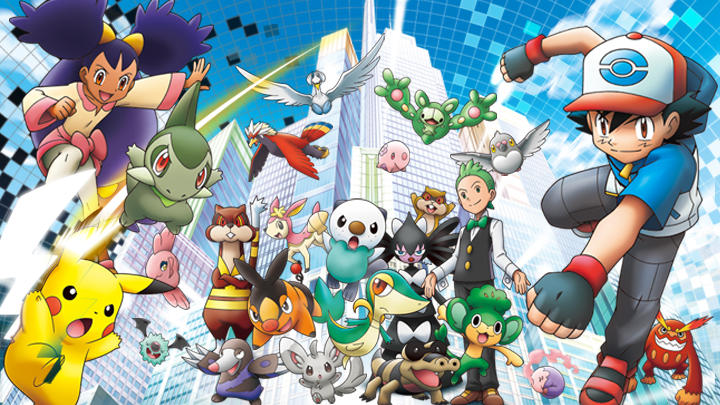
The first thing to address in Black and White is the big elephant in the room: no previous generation Pokemon are available until the postgame. When the games first came out, there was a huge uproar about this. The fact that no old favorites, not even the mascot Pikachu, were available until after you beat the Elite Four, upset a lot of people. After all, for a long time, the tagline of the series was “Gotta Catch ‘Em All.”
There are certainly pros and cons to the idea. On one hand, everyone has their favorite Pokemon that they like to play with and use. Including some familiar faces does make team building a little easier in the early game. If nothing else, it gives you something to fall back on. You know how the old Pokemon work. You might change their move sets a little, but in general, you know what their stats tend to be, what types they are, how they evolve, and how to use them in a team. They are a ready and familiar tool for you to use.
Forced to Try New Things
On the other hand, including too many of the old Pokemon can be a little bit of a crutch, both for the player and the developer. The versions where this is probably most pronounced are Gold and Silver, which were made before Nintendo and Game Freak realized just how big Pokemon was going to get.
Those games rely heavily on the original 151 Pokemon. Several of the new Pokemon weren’t available in Gold and Silver until you reached Kanto, and some of them weren’t even available until the very last dungeon of the game, forcing players to rely more on older Pokemon. Once you get used to using a team, it makes you reluctant to change it up. By not including any old Pokemon during the main story of the game, Black and White ultimately forces players out of their comfort zone, and to make new teams out of the monsters created for this set of games. In the process, these helped players discover favorites that they would not have otherwise gone with.
I personally don’t like all of the Pokemon that were introduced in Black and White. But that is the case with every version of Pokemon. The fact Black and White forced you to use entirely new Pokemon and didn’t allow you to use old ones made the game feel like a bigger adventure to me. Several of my favorite Pokémon are from these games and I am not sure if I would have used them if I was not forced to. Even now, in later games, I generally try to use only newly introduced Pokemon, discovering even more new favorites. And that’s largely thanks to the way these games were set up.
The Starter Selection
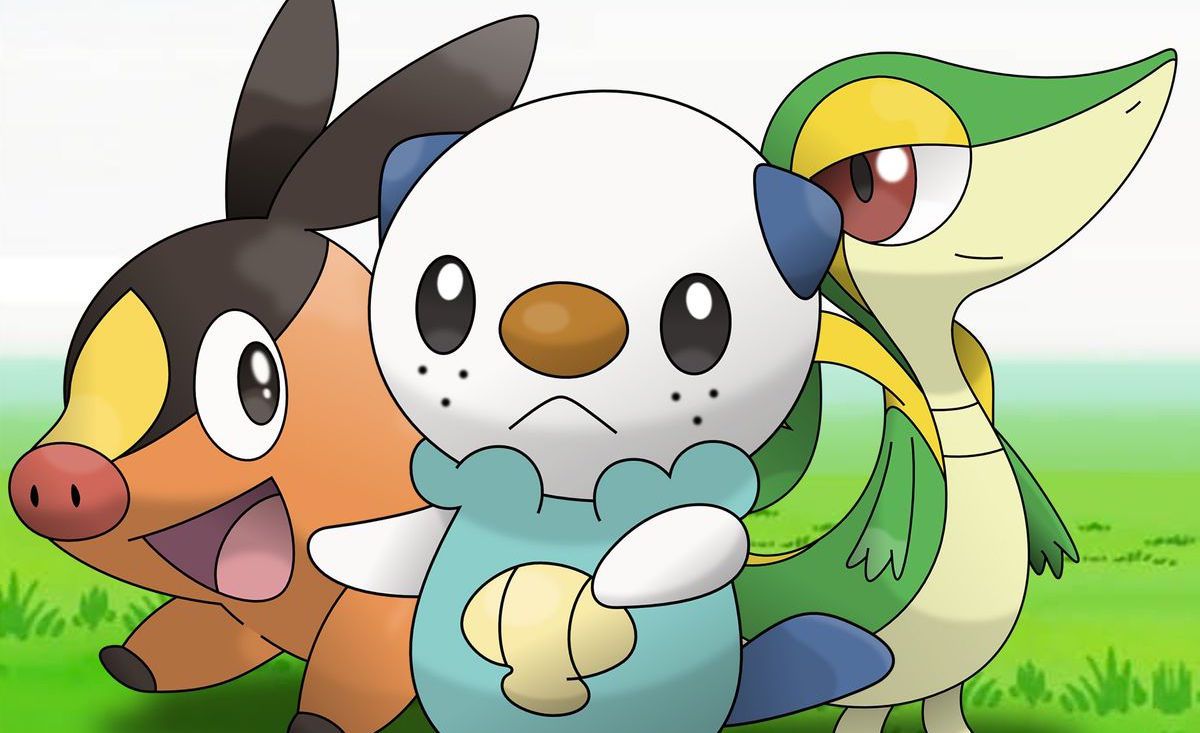
The question that comes up whenever a new version of Pokemon is released is, “What Pokemon are you going to start with?” Everyone gets hyped about the new choices for starter Pokemon in the games. Everyone has different methods of choosing, and everyone has a different favorite starter from across generations.
Personally, I’m not in the competitive scene, and thus there is no wrong choice for a Starter Pokemon. If you like it, hey, you like it. That being said, the Unova starters have never really been among my favorites. Part of this is that they had some very tough acts to follow. The starters from Diamond, Pearl, and Platinum have some of my favorite designs of any of the starters in the entire franchise, along with multiple unique type combinations. The Johto starters from Gold/HeartGold and Silver/Soulsilver have always had a special place in my heart. Compared to those, any starter would have to face an uphill battle to become one of my top favorites.
Repetitive Typing
There are a couple of reasons I’m tepid towards these three. As previously mentioned, the Sinnoh starters gave us Turtwig, Piplup, and Chimchar, all of which evolved into things with numerous types. Snivy and Oshawott both just remain as pure monotypes, while Tepig becomes the third Fire/Fighting starter in a row, which felt a little bit like a step backwards. While I try not to give as much focus to the competitive scene, even I noticed that their movepools felt a little bare, and their stats just didn’t feel as solid as previous starters (Snivy being a notable culprit in this regard unless you managed to get a Contrary one).
This does not mean all of the starters in the Unova region are bad. I’ve used all three of them at different points and have enjoyed them. It just means that, compared to other starting Pokemon, I wasn’t as impressed. But I have plenty of friends who adore this trio and it is their favorite set of starters. And, as I said before, there are plenty of Pokemon I like in this game.
The Legendary Pokémon
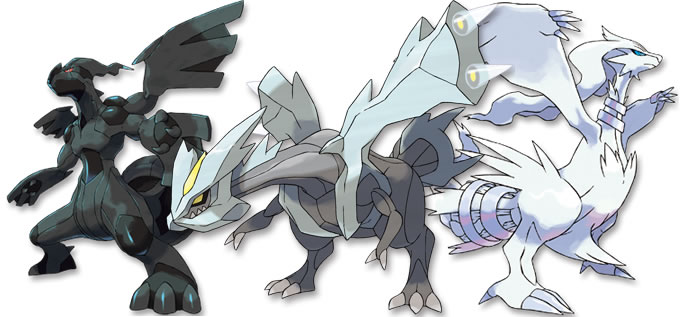
When Black and White had come out, I noticed a disturbing trend in the Legendary Pokemon of the series. In the original Red and Blue, the Legendary Pokemon we got were Mewtwo, a powerful monster created by science, along with the Legendary Birds Articuno, Zapdos, and Moltres. We didn’t get a lot of background on the birds, other than they were rare and thought to be mirages.
In Gold and Silver, we got Ho-Oh and Lugia, along with the three Legendary Beasts. These got a slightly more developed story, involving two towers in Ecruteak City, but it was still very much a case of these being Pokemon that showed up in the folklore of Johto specifically. While these Legendary Pokemon were described as having fantastic powers, there wasn’t anything that felt too ridiculous, especially given that most of these abilities were described in the background lore of the game, and not a central part of the plot.
Catching Gods With A Poke Ball
The problem began to arise in Ruby and Sapphire. The plot revolves around the legendary Pokemon Groudon and Kyogre. These two Pokemon are said to have created the oceans and the land. We even get a practical demonstration of this when these two legends go on a rampage during the storyline. Naturally, you are encouraged to somehow jam these apparent gods into little balls, and carry them around with you. Maybe it’s just me, but this is stretching the boundaries a little.
This only got worse in Diamond and Pearl, when we got Dialga and Palkia, the embodiments of space and time, along with the villainous Cyrus’s plan to remake the universe in his own image. And then we got Arceus, the creator of the universe, as an event Pokemon as well. For a good stretch of time, Pokemon’s legendaries had a ridiculous sense of escalation that rankled me. Do you seriously expect me to believe that I can somehow cram the Supreme Being of the Universe into a tiny orb, carry it around with me, and have it do my bidding? Really?
The Tao Trio
Thankfully, Black and White take a step back from this trend. Rather than being some fundamental force of the universe, the Tao Trio of Kyurem, Reshiram, and Zekrom are the remnants of some ancient dragon that a set of brothers supposedly used to found the region of Unova. They aren’t intimately tied to the fabric of reality itself, they are just a set of mysterious and immensely powerful dragons.
Likewise, the lesser Legendary Pokemon of this game are not part of an omnipotent formula either. The Kami trio of Landorus, Torndaus, and Thundurus are merely some Pokemon associated with weather and farming with a taste for pranks, while the Musketeers are merely protectors of the wild. Going back to this “less is more” aesthetic for the Legendary Pokemon, where they are merely part of local folklore, and their powers aren’t automatically world ending. This definitely felt like a step in the right direction for me. As a result of this, the Legendary Pokemon in Black and White are among my favorites in the franchise.
What Does the Fox Say?
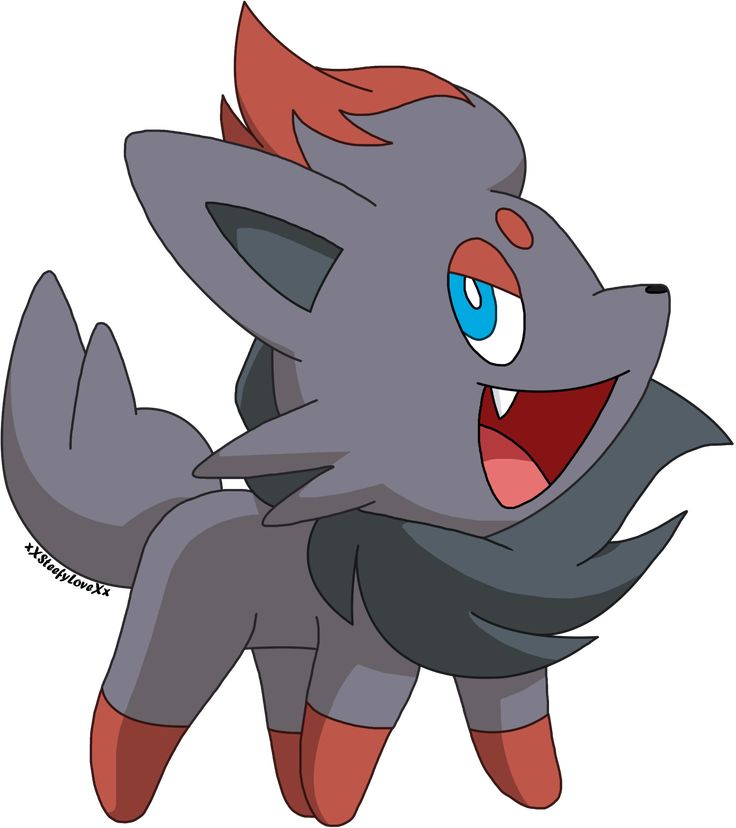
During the Sinnoh games, the Pokemon Company made a huge marketing push involving one specific Pokemon. For a while, it felt like the Pokemon Lucario (and its pre-evolution Riolu) was showing up everywhere. There were several episodes of the anime and even an entire movie devoted to this specific Pokemon, along with a variety of products and other promotions. It wasn’t even a legendary. Lucario even became a fighter in Super Smash Bros. Brawl. It was an odd choice to give this one Pokemon so much special treatment, but it wound up paying off. It built hype for the game, and Lucario has wound up as a perennial favorite of the Pokemon fandom.
When Black and White were coming out, the Pokemon Company attempted to see if lightning could strike twice, and tried to do something similar with the Dark Type Zorua and Zoroark. It was once again pushed in various other media, and was even the signature Pokemon of the character N. Harmonia in this set of games. But the fans didn’t quite grab on as tightly to Zoroark. So, what happened?
The Zorua Mistake
Well, I personally think part of why Zoroark didn’t become as iconic as Lucario all stems from one bizarre design decision that Game Freak made. In Diamond and Pearl, Riolu was readily available to the player. You get to Canalave City, you do a side quest on Iron Island, and you are gifted an egg which hatches into Riolu. This means that any player could obtain and use Riolu and Lucario easily. The situation is quite different in Black and White. Zorua and Zoroark were exclusive gifts from a couple of Nintendo and Game Freak sponsored events. Couldn’t make it to those? Well, then you were out of luck.
I’m not sure if Nintendo and the Pokemon Company were hoping that this marketing push would drive up attendance to these events, but I do know that it left a bad taste in the mouth of many of the fans. Event Exclusive Pokemon are already a divisive subject with the Pokemon fandom, and pushing this nonlegendary as the face of this particular generation of games while restricting access to it definitely felt like a slap in the face. Game Freak did wind up making it easier to get Zorua in Black 2 and White 2, but by then, the damage had been done. And honestly, this is a shame, because I really do like Zorua and Zoroark.
Unova & Its Gimmicks
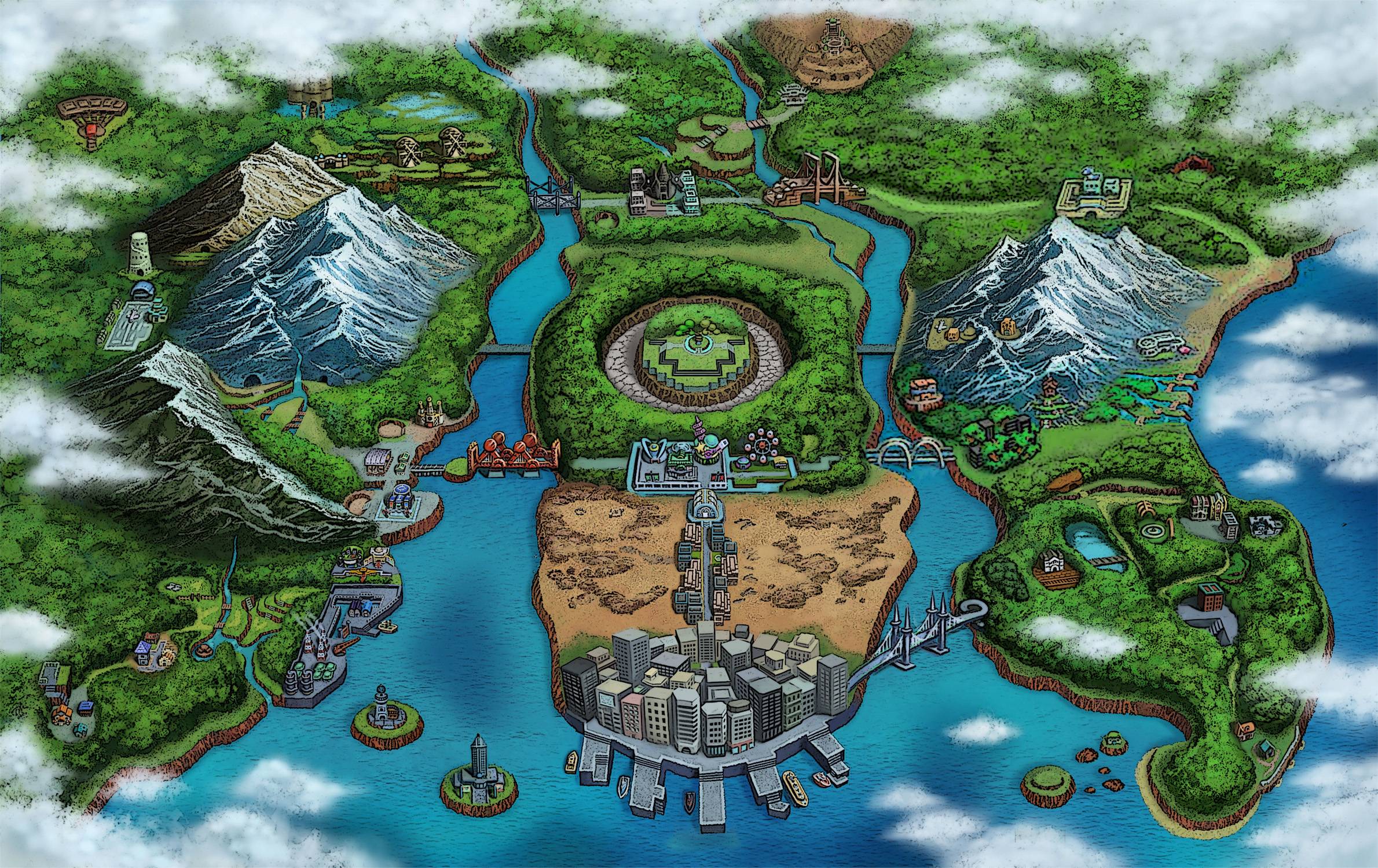
Pokemon aren’t the only thing that make or break a Pokemon game. In order to distinguish different versions and generations, Game Freak tends to add and discard a lot of gimmicks to each region. And Unova is no exception to this.
Unova is loosely modeled on New York and New Jersey. As such, the developers decided to add a feature that we in the American South don’t always get to experience in real life: a cycle of four seasons. Every month, the season that the player experiences in game changes. This affects the availability of certain Pokemon, the form of a specific Pokemon line, the layout of the landscape, and other small things in game. This is sort of a different take on the day/night mechanic that was present in Gold and Silver. And honestly? It’s a little easier to manage than the Day/Night cycle.
I remember in the GS games, I had trouble catching certain Pokemon that were only available in the morning, simply because I was at school in the morning. By having the availability change monthly, sure you have a long wait before the change kicks over, but it’s easier to fit into your schedule. As far as gimmicks go, this one is inoffensive, and one I wish that they’d expand and reintroduce to the series.
New Ways to Battle
These games also introduced alternate battle types as well, in the form of Triple Battles and Rotation Battles. While there are some similarities between the two (both involve three-on-three battles), they are two distinctly different styles of battle, and both feel like Game Freak experimenting with the idea.
Triple Battles involve three of your Pokemon taking on three of your opponent’s Pokemon, and focuses more on multi-target moves. Rotation Battles, while you have three Pokemon on the field, involves moving which Pokemon is in the lead attacking position in order to be able to protect other Pokemon from vulnerabilities. Unlike Double Battles (which were introduced in Ruby and Sapphire), Triple and Rotation Battles never really show up again in the series. And even within the confines of these games, they don’t show up that often. My first time through White, I didn’t ever encounter a Rotation Battle, and I frequently forget that these are a feature of the games. They don’t really stand out much compared to some of the later gimmicks that Game Freak toyed with, but they are also pretty harmless compared to some of those later gimmicks as well.
There was one tweak that was added which has stuck around ever since: making Technical Machines (TMs) reusable. These devices have existed since the beginning of the franchise as a way to teach Pokemon moves they wouldn’t otherwise learn. In the previous games, these were single-use items. While many players complained that making TMs reusable took away some of the challenges within the games, it is ultimately a huge quality of life improvement that has made life easier for competitive players looking to create their ultimate teammate. I am glad that they made this change, and am even happier they have kept it across the franchise.
The Gym Leaders
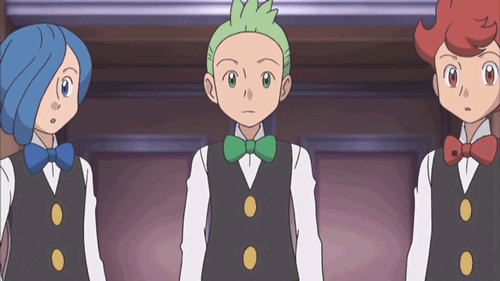
If there’s one thing that people tend to remember from this franchise outside of the monsters, it’s the individual characters. Specifically, people have a tendency to latch onto the various members of each region’s Pokemon League. All of us have our favorite trainers for different reasons. I personally am fond of quite a few Gym Leaders from Unova.
In the first three generations of games, most of the Gym Leaders are just kind of there. You head to each town, you find a Gym, defeat the Gym Leader, and receive a badge. There isn’t a lot in terms of character or backstory within the games, with one or two notable exceptions. They exist as an obstacle to be overcome. And while that’s certainly fine, it was getting repetitive, and a little stale.
Diamond and Pearl we started to see a little more how the Gym Leaders behave outside of their gyms, and learn a little bit more of their backstories. What they do when they are not training Pokemon, and how they interact with the world at large.
Black and White took this and ran with it. Each of the Gym Leaders has a day job outside of being a Pokemon Trainer, which has an impact on how they set up their gym. We see them involved in the plot beyond just, “Defeat these people to get the plot coupon.” We see them interact with each other, with the villains, and with random NPCs outside the context of the gym. This does a lot to make all of these Gym Leaders more memorable and more than just a face and a funny outfit. And when the chips are down, these strong trainers help our heroes to save the day. This does so much to make the game world feel like just that: a world.
A Fresh Change
Of course, that doesn’t really do anything to freshen up the formula of “fight eight Gym Leaders, fight the Elite Four, and face the Champion.” While Game Freak did a couple of things to play with this, they, unfortunately, didn’t do much to change up the formula of the Gym Battles. The one place they did, though, is the Striaton Gym.
Striaton Gym is notable for having three Gym Leaders instead of one: it is run by the triplets Chili, Cress, and Cilan. These sommelier brothers each specialize in a different type (Fire, Water, and Grass), and the one you battle depends on which starter you chose. The one who is elementally strong against your starter is the one you wind up fighting. I love this concept and think it’s genius, except that the game also gives you a gift Pokemon that is elementally strong to whichever of the gym leaders you’re going to wind up facing one screen over from the Gym.
This is definitely a case where I wish Game Freak went all-in on this idea, instead of half-committing. Forcing the player to be fighting at a disadvantage, and forcing the player to find alternate strategies of turning the situation around based on what Pokemon they can find, is a fantastic idea for a gym. The game just handing you something to use as a crutch cheapens that experience. Nevertheless, while the Striaton Trio are not necessarily my favorite Gym Leaders in terms of characterization or design, I am fond of them for the potential they brought to the series. We would not see ideas that creative for a Gym Battle until at least Sun and Moon, and arguably not until Sword and Shield.
The Bad Guys
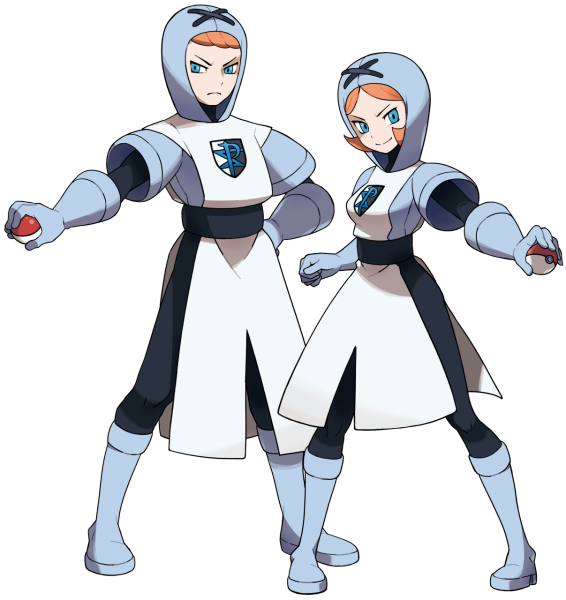
Of course, this wouldn’t be a Pokemon game without a set of bad guys mucking up the protagonist’s journey. In Pokemon Black and White, those bad guys are Team Plasma. Team Plasma market themselves as a Pokemon rights group. They steal Pokemon from people in order to prevent them from using them to battle. They go from town to town, telling people to release their Pokemon, to keep them from suffering. Of course, not everything is as it seems with these guys.
The team is run largely by two characters: Ghetsis Harmonia and his son, N. N is ostensibly the King of Team Plasma. He was raised segregated from people and with the unique ability to empathize with and to understand Pokemon. It is N’s ideals that are apparently driving Plasma’s Pokemon Rights movement. He has seen Pokemon that have been hurt and mistreated, and this is unacceptable to him.
His goal is to find one of the Legendary Dragons of Unova, defeat the Champion Alder, and convince everyone to lay down their Pokemon in order to live in harmony. The result of this is a villain who is not actually evil, and something that is more complex than a simple black and white issue. N is one of the most engaging characters in the franchise, and definitely a fan favorite.
Team Plasma’s Finest
You would think that having an animal rights group in a Pokemon game would be a fantastic opportunity for deconstructing the tropes of the series. After all, the series basically revolves around glorified cock-fighting. A little messed up if you stop to think about it for more than thirty seconds. But Pokemon is a series meant for children, and declaring the core gameplay mechanic to be evil would be suicide for the franchise. That is where Ghetsis comes in. Manipulating things behind the scenes, Ghetsis’ motives are far less altruistic than his son’s. The result of this? One of the most unapologetically evil and monstrous characters in the franchise.
Of all the villainous teams in the franchise, Team Plasma is one of the best executed and most memorable. They are not simple criminals like Team Rocket and are not clearly incompetent environmental groups like Team Magma or Team Aqua. They are an organization at odds with itself, and it makes for some memorable and thought-provoking gameplay.
The Rivals
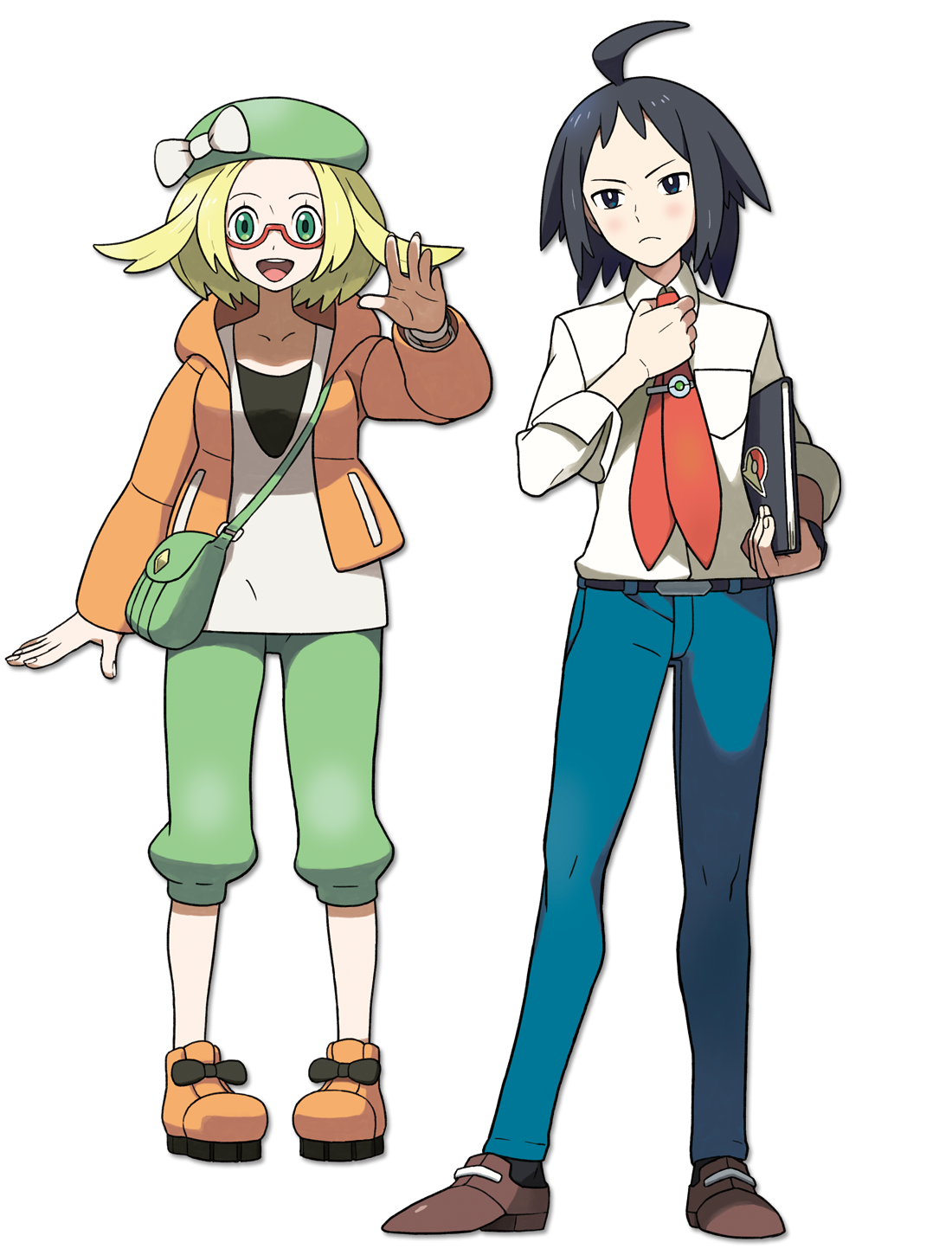
A Pokemon game wouldn’t be complete without a rival or two following your every step along the way. Generally speaking, the rivals in this series come in two flavors: jerks (like Blue or Silver) and friends (like Barry or May). Black and White tries to split the difference a bit, to mixed effect.
The first characters the player meets are, in fact, the rivals: Bianca and Cheren, two of the player’s lifelong friends. The game kicks off with the trio of them being gifted Pokemon by Professor Juniper, the regional professor who wants them to explore and catalogue Pokemon (much like every professor in each game). You set off on your journey at the same time, and throughout the game you run into each other in almost every town. This makes it feel less like the three of you are on independent journeys, and more like you are companions traveling together who happen to split up at different times. It almost reminds me of how, in the anime, Ash, Misty and Brock traveled together for several seasons.
The Jerk
Of the two, Cheren is the one designed to sort of fill the “jerk” rival role. He picks the starter that is elementally strong to the player’s first Pokemon. His goal is to become the very best like no one ever was. He wishes to become the Champion, and his focus is to be the strongest trainer he can be.
Much like the player, he is challenging Gym Leaders in an attempt to take on the Pokemon League, and is definitely more than willing to fight. That being said, while he’s the “jerk” rival in this game, he’s not nearly the jerk that some other entries in the series are. He is not cruel or cowardly at any point, nor is he strictly speaking an enemy of the player. As such, his attitude feels like a half-hearted attempt to appeal to that demographic on the part of Game Freak. He isn’t a bad character, and his story arc is satisfying. He just isn’t the sort of jerk that fans of the series were hoping to get a chance to beat up.
The Damsel in Distress
On the other side of the spectrum, you have Bianca. Bianca is the cinnamon roll rival. She isn’t interested in taking on the Pokemon League. She mostly wants to just see the world, what it has to offer, and to get away from an overprotective parent. Her journey isn’t about getting strong (although she does wish to be strong to protect the people and things she cares about). Hers is a journey of self-discovery. She is looking for her place in the world, and trying to figure out what matters to her. Unfortunately, as a result of this, she falls into the damsel role a few times, which does feel a little bit tired. But, much like Cheren, she has a solid story arc throughout the game.
At the end of the day, I will say that I enjoy both of these rivals. It feels like the protagonist and these two are genuine companions, even though they are in competition. And both Bianca and Cheren have their own story arcs. They grow over the course of the journey, much like the player, and learn more about who they are and who they wish to become. In a game about the balance between truth and ideals, this absolutely fits with the greater whole.
Verdict
While Pokemon Black and White didn’t have as much flash as some entries in the series did, I definitely feel the Unova games have a little more substance to them, particularly in terms of the characterization and the writing. It does feel that this was the last generation of Pokemon Games before the gimmicks started overtaking the franchise. The world and the characters have a little more depth than most of the games receive. While I’m not sure I would count these as my favorite games in the mainline series, they are certainly up there. If you want a good, solid, clean Pokemon experience, you could certainly do much worse than taking a trip to Unova.


